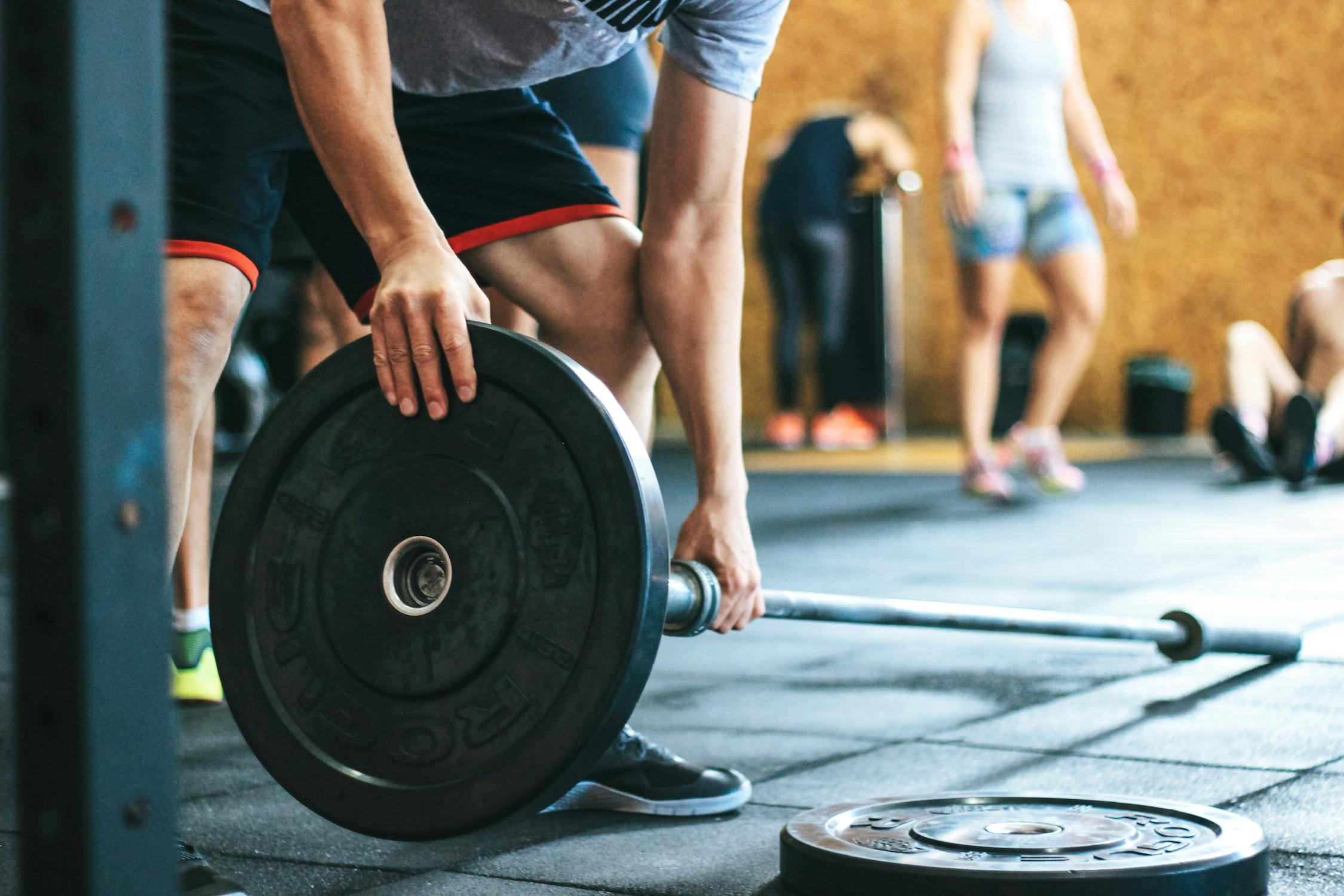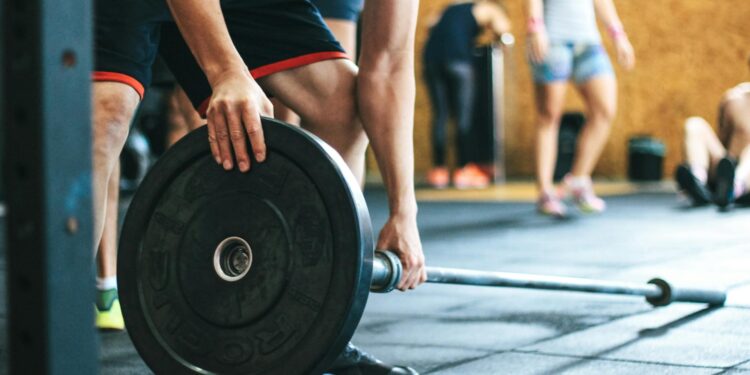When we were younger, moving large objects, climbing stairs, and carrying groceries seemed simple. However, as we become older, these previously simple tasks may become more difficult, until they feel practically impossible. Many older people with sarcopenia have to cope with this unpleasant reality.
The size and strength of muscles deteriorate with sarcopenia over time. It is more than just aging; it is the body’s lack of ability to heal muscles. The good news is that there are ways to deal with sarcopenia. The muscles can be strengthened with the correct measures, just as it takes time for them to shrink. We’ll be giving you the inside scoop on a number of various elements that will help you build back your muscle mass.

Prevention and Treatment of Sarcopenia
Lifestyle Modification
Regular Physical Activity
Resistance Training: Weightlifting and resistance band use are examples of resistance training exercises that help build muscle. Your muscles will have to work harder to rebuild and maintain their strength as a result of these activities. When you first begin resistance training, you don’t have to put forth a lot of effort. You can begin with fewer weights and work your way up as your muscles gain strength.
Aerobic Exercises: Aerobic exercises are exercises like walking, jogging, swimming, or cycling. These activities help keep your muscles active and also help to keep you fit. These exercises also improve blood flow, which delivers more nutrients to the muscles to keep them healthy.
Balanced Diet
Protein: The primary component that aids in muscle growth and repair is protein. Dairy products, fish, poultry, eggs, beans, meat, and nuts are a few examples. In order to have healthy muscles, older adults should make an effort to add a good amount of protein to their diets.
Foods High in Nutrients: Your body gets the vitamins and minerals it needs by eating a range of fruits, vegetables, and whole grains. For instance, calcium and vitamin D are necessary for healthy bones and muscles, while antioxidants in fruits and vegetables aid in the reduction of inflammation.
Weight Maintenance: Being overweight can put a lot of strain on the muscles, which makes it more difficult to do and manage regular physical activity. Being underweight, on the other hand, can cause more muscle loss. That is why you need to maintain a healthy weight. You can do this by eating a well-balanced diet and exercising at least 2-3 times a week.
Medical interventions
Medications: Doctors sometimes recommend medications like anabolic steroids or growth hormones. These prescriptions usually help to improve muscle strength. These medications are also used when absolutely necessary, and only under strict medical supervision because they can have side effects.
Nutritional supplements
Protein Supplements: Sometimes, you might not get enough protein from the daily food you eat. If you ever feel that way, you can try out protein supplements like protein shakes or powders. It’s very convenient and easy to add to your daily routine.
Creatine: Creatine is a natural substance that helps muscles produce energy. Taking carotene as a supplement helps to boost muscle strength and growth, especially when combined with resistance training.
Physical Therapy: A physical therapist will help with setting up a specific training routine to strengthen certain weak muscles. These exercises not only develop muscles, but they also enhance balance and coordination, lowering the chance of falling.
Bottom Line
Your later years do not have to be defined by sarcopenia. Although muscle size and strength are naturally impacted by age, taking preventive steps can have a major effect. You can slow down or even reverse muscle loss by combining a nutrient-rich diet, frequent exercise, and focused medical treatments. Little actions now can result in muscles that are healthier and stronger later.












